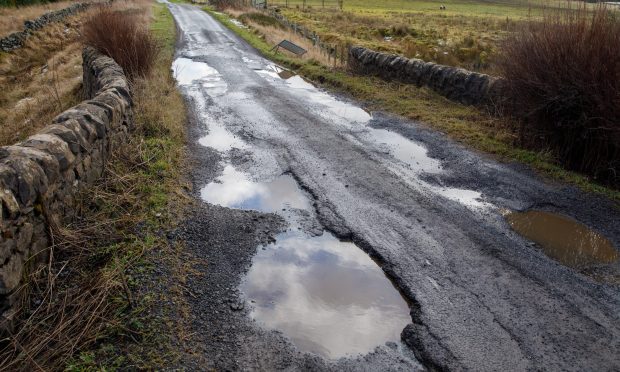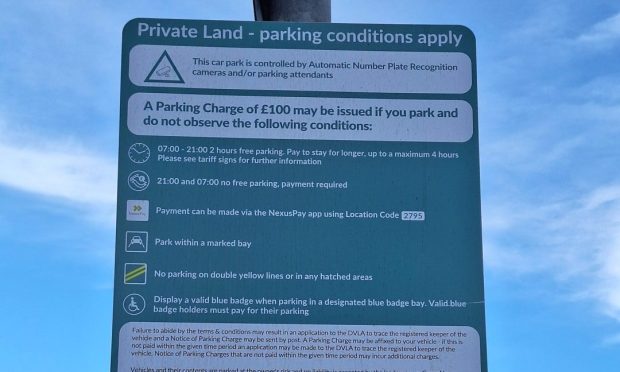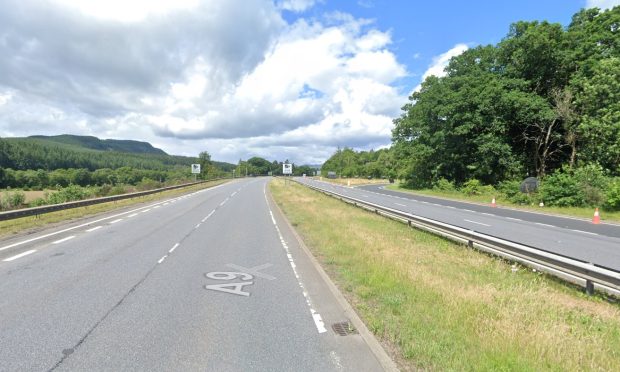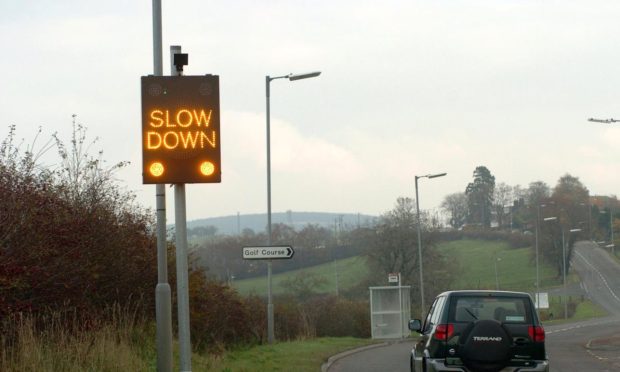More than 700 safety incidents have been logged during the construction of the new Queensferry Crossing, it has been revealed.
The most serious came last April when worker John Cousin, 62, died while working on the £1.325 billion project.
Some of the other more serious incidents since the work started in 2011 included a supervisor having the tip of a finger amputated when it got caught between the machine he was operating and a clamp.
Another was taken to hospital with a suspected heart attack while a welder escaped burns after managing to set his own jacket alight.
A small fire broke out on board a boat during the refuelling of a petrol generator and a worker suffered a stroke.
Ambulances have been called on at least four occasions and at least one incident, an accident involving a spinning grinder disc coming into contact with a hand, is still being investigated.
A litany of sprains, cuts and broken bones is detailed in the list released following a freedom of information request by the i newspaper.
However, many of the incidents are reports of minor injuries and nearly half – 329 – were classified as “near misses”.
One, in 2013, records a worker’s toe “made contact” with a plant pot when he was stubbing out a cigarette with his foot.
This year someone struck their own thumb with a hammer and a handyman tripped over his own warning sign.
The extensive list has seen Labour MSP Neil Findlay, who has already highlighted claims of workers being underpaid by subcontractors, question worker safety.
He said: “The Queensferry Crossing is a flagship infrastructure project for Scotland but more and more questions are beginning to arise about the working conditions around it which is simply unacceptable for Scotland.”
A Transport Scotland spokesperson said: “Over 10,000 people have worked on the project’s construction site, delivering over 20,000 construction activities over the course of nearly 15 million working hours across the project so far.
“In line with good practice guidelines, every incident and near miss is recorded.
“The vast majority of the incidents are very minor in nature but the figures do include those which are more serious.
“Following good industry practice, we continue to learn lessons from all incidents and near misses on this site and on others, to allow us to minimise the risk of future occurrences.
“All partners on the project are fully committed to ensuring the health and safety of everyone working on site and safety remains the number one priority at all times.”










